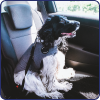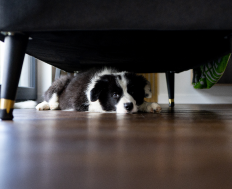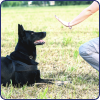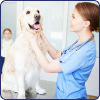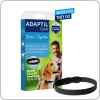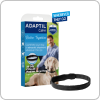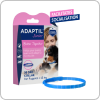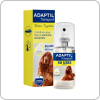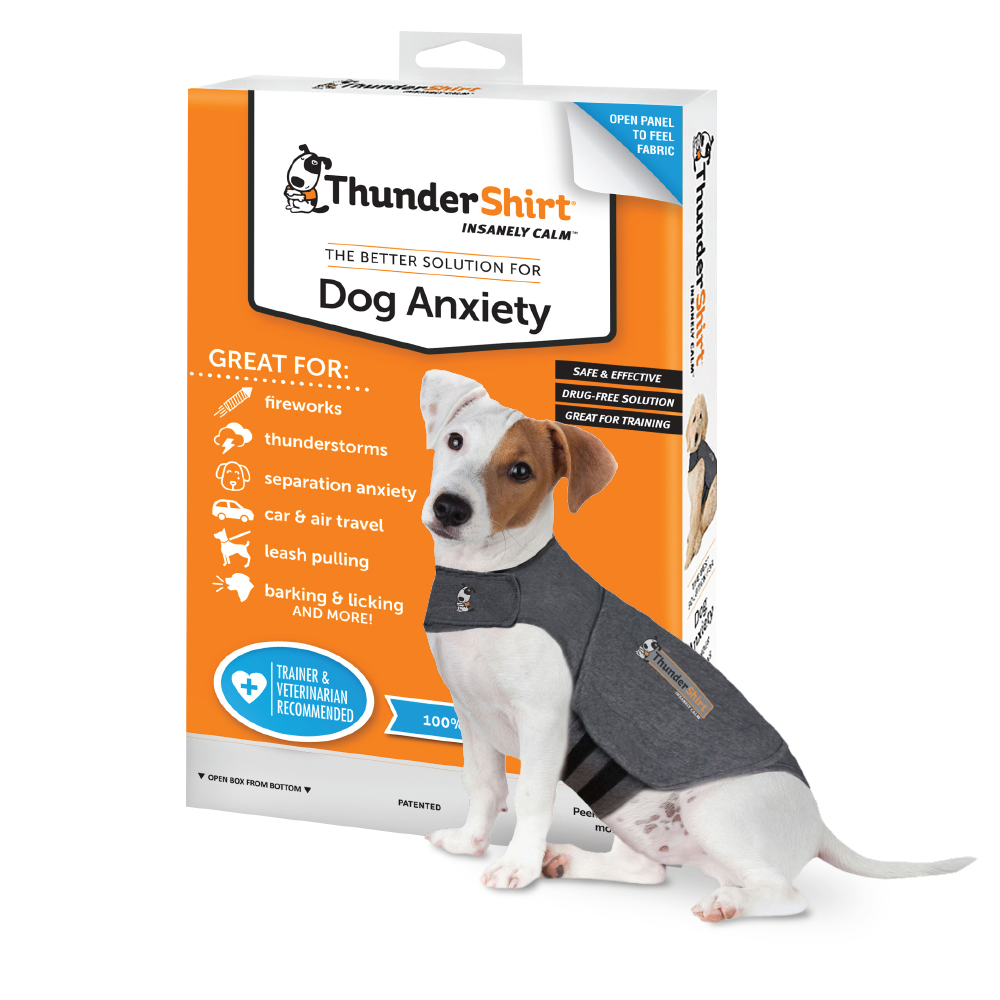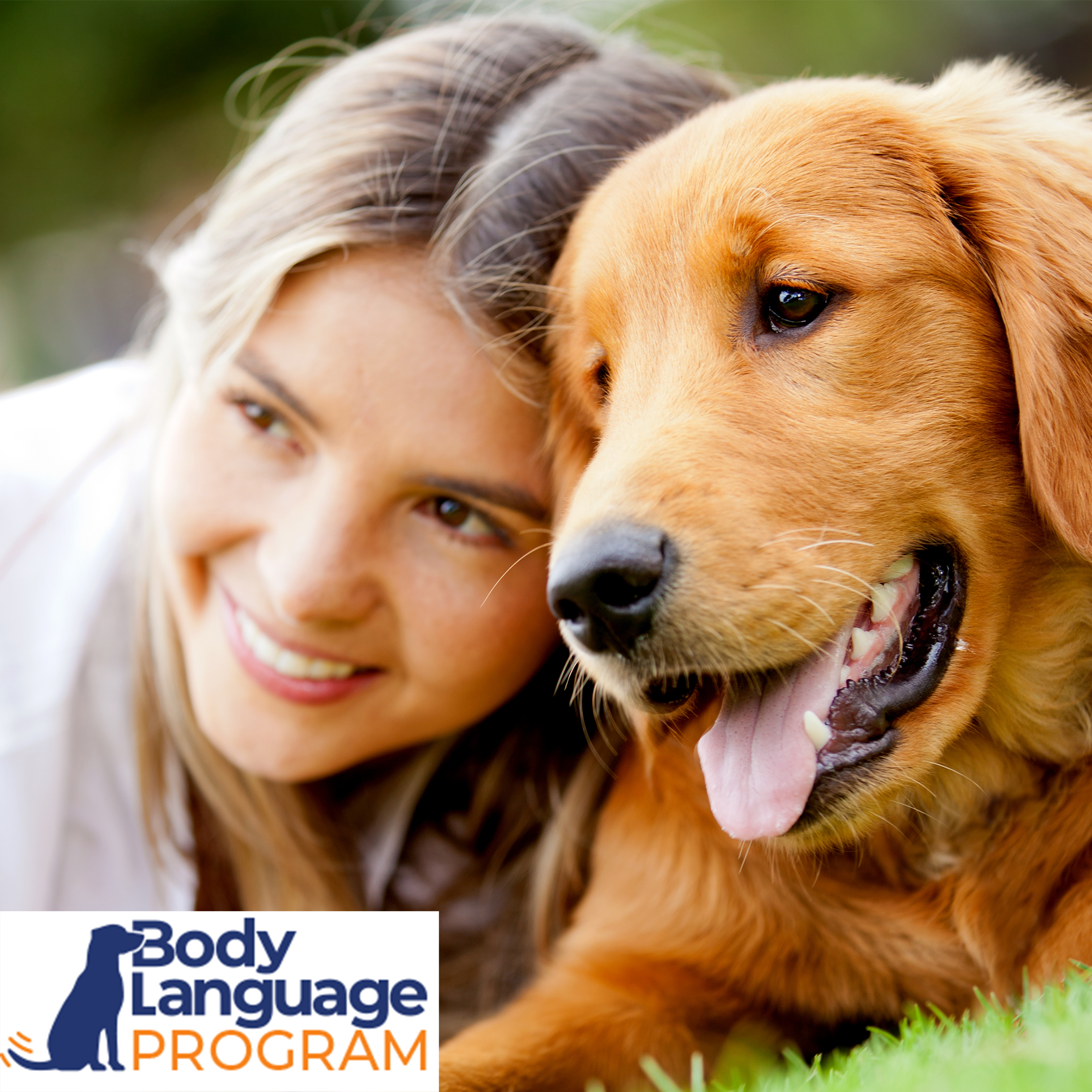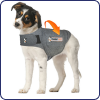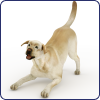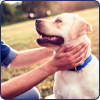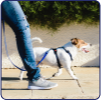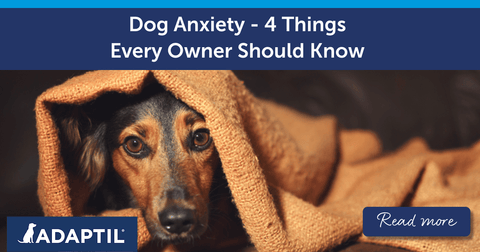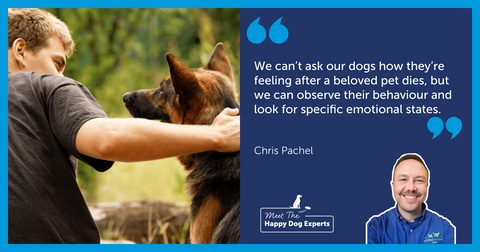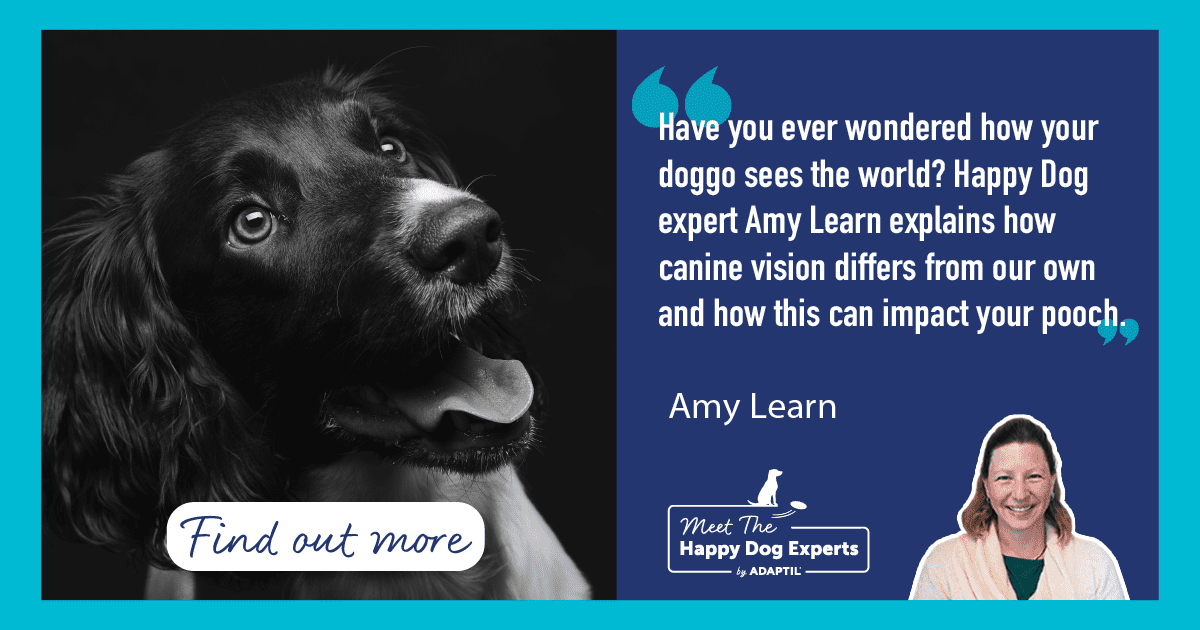
What's a Dog's Vision like? Happy Dog Expert Explains
Have you ever wondered how your pet experiences the world around them? In today's society, our pets are family members and we do our best to understand their needs and take great care of them. But did you ever wonder how they perceive the world around them and what a dog's vision is like?
This blog is one of a five part series delving into how cats and dogs use each of their five senses.
What's a Dog's Vision Like?
As humans, our vision contributes the most information that we receive from our surroundings. The same is true for our pets, although our pooches don't see the same colours as we do, and they perceive distances differently.
Dogs are red/green colour blind and cannot distinguish between orange and yellow - both appear tan to them. This means that the best toys to buy for your dog are blue in colour (not red) because they can be found more easily - so now we know the reason why our dogs can't always see the red or yellow ball in a field, and will rely more on their sense of smell to sniff it out - and hopefully bring it back to you!
Canines are capable of vision in many different light qualities, including dim light but they are unable to focus on an object that is too close, even in well-lit conditions. They are also not as adept at distance vision and can only see detail at a distance of about 25 feet, which is about equivalent to what humans can see at 75 feet.
Does the TV Affect my Dog's Vision?
Have you noticed that your dog sometimes reacts strangely to what they see on television? This is in part due to something called the flicker fusion rate, which can affect their vision. Put simply, a television picture is made up of light waves that fluctuate at a certain rate and although this intermittent light appears steady to humans, dogs have a higher flicker fusion rate so their perception of the TV picture is different to ours!
When your pooch is watching the TV, what they see may be choppy and more stilted (much like a strobe light), which could be unsettling and explains why some dogs have a negative reaction to what they see on TV.
Why a Dog's Vision is Important for Communication
Like humans, our dogs rely a great deal on their sense of sight to interact with their
environment. This helps them hunt for those tasty treats, to assess threats or predators, and to be able to communicate with each other.
However, dogs don't rely as heavily on their sense of vision as people do; they have adapted other, very specialised, senses as well, such as their sense of smell and super sensitive hearing! Dogs are used extensively to sniff out drugs or dangerous materials, but conversely their super sensitive hearing can detect noises that might scare them, and we may have to prepare and protect them, for example, for upcoming national celebrations and fireworks events.
Over the centuries, dogs have become more domesticated and this, in part, is probably because we chose animals that were friendlier and more expressive, and dogs responded to us more favourably by reading our facial expressions and postures with their eyes.
Other Communication Signs To Watch For
Dogs also use their facial expressions, ear and tail carriage, as well as body posture, to converse. Understanding a dog's body language is important if you are to make sure your best friend is content and happy at all times. For example, did you know that if your dog is averting their eyes, they are trying to disengage, or if their eyes are half closed, they are giving you a warning sign to back off. Remember also that their vision is limited the closer they are to something or someone, which may make them feel uncomfortable and nervous if they are in a situation where, for example, they are approached unexpectedly.
If your dog has a full tail and their ears stand up, their body language signals are much easier to read, but if your dog has a short face (brachycephalic), floppy or cropped ears, and docked tails, their body language signals are more difficult to read.
Arrange Regular Vision Checks for your Pooch!
Vision is one part of your dog's super senses and, as with humans, their eyes can share vital information about their overall health. Regular vision checks by your vet can not only spot symptoms of eye conditions, but also other serious conditions, such as diabetes, anaemia, a head trauma, pain and other conditions. Early detection and treatment may preserve or restore your dog's vision.
Understanding how your pooch sees the world can help you get to know them better - and recognise how some situations might make them feel a bit uncertain or frightened, such as not being able to see a person very well as they get close to them. Consider using an ADAPTIL Calm On-The-Go collar to provide your pawsome pal with constant comfort and reassurance when you're out and about!
Additional Resources:
Serpell, J. (Ed.). (2017). The domestic dog. Cambridge University Press.
Ofri, R. (2018) Vision in dogs and cats.DVM360. August 2018, Volume 3, Issue 6
